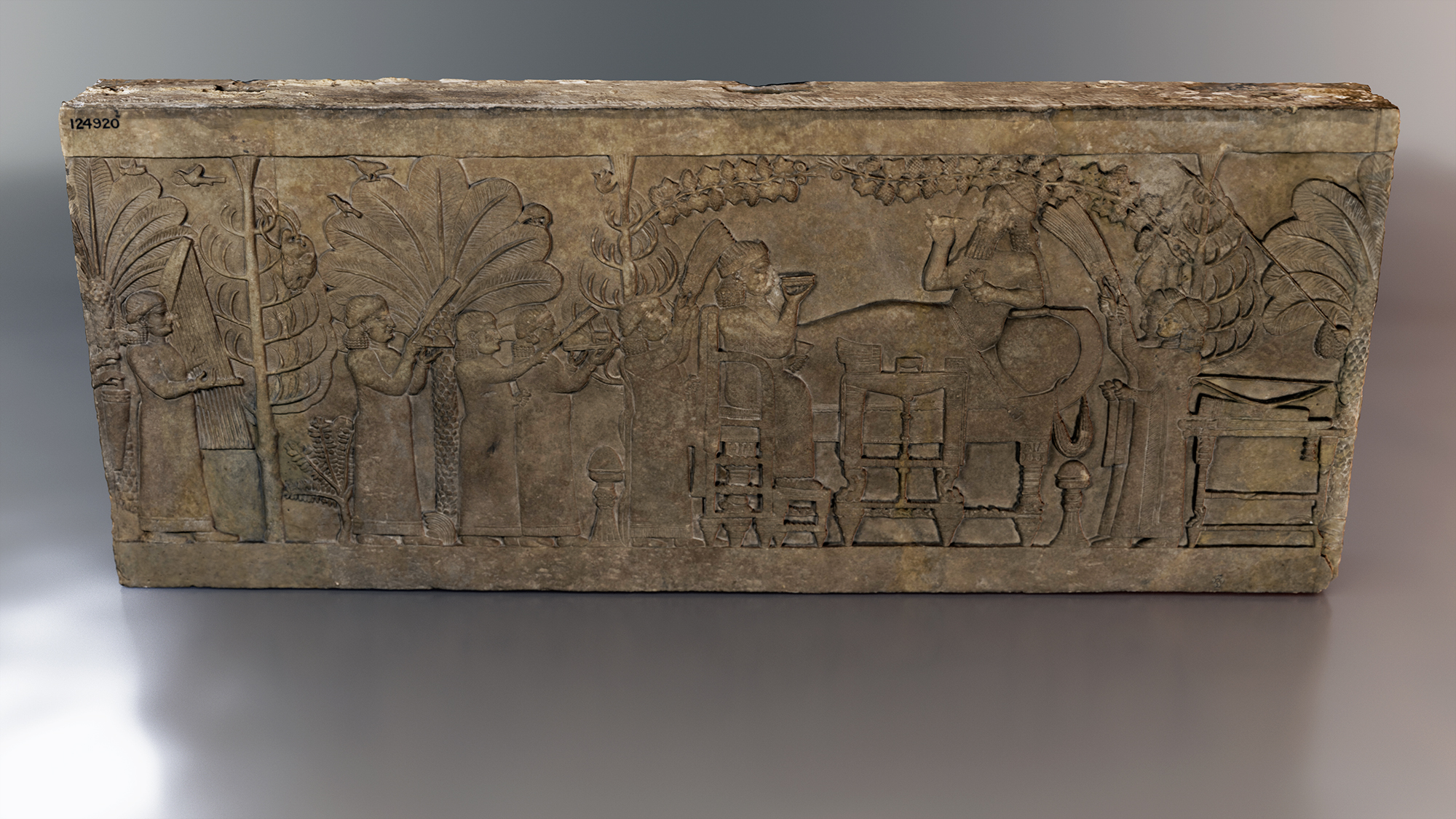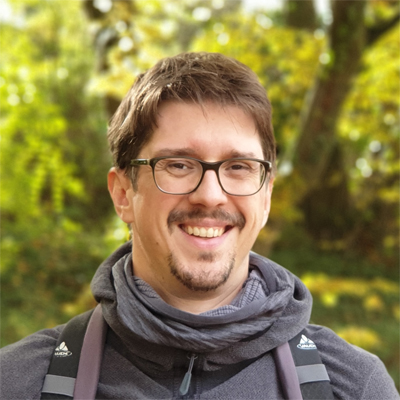Presenting progress progressively
I already wrote about my trips to London. I was able to scan the famous Ashurbanipal Banquet Scene in the British Museum. This week, I (together with the initiator of the project, Prof. Dominik Bonatz) was presenting some preliminary results. I presented at a research colloquium at the Freie Universität Berlin and talked about what we have planned to do with the scans. In this blog post, I summarise my talk.
Structure from Motion
So one of the first things I did was to create several datasets for Structure from Motion (SfM). With SfM you basically take many pictures in order to create a 3D model out of them. I have done this many times, but having only one day at the BM, I hadn’t the possibility to check if the photos will suffice. So to be extra sure, I created four datasets with an increasing numbers of photos. The last dataset, that I ended up using, was comprised of nearly 850 photos of the object, resulting in a mesh of 13,4 million polygons.

13,4 million polygons is a lot, but I rather have a super detailed mesh to begin with and tone it down later (mesh decimation). I was able to scan five sides of the relief in place, as we couldn’t flip it to the other side of course. The backside however is not so important as this is modern gypsum anyway.
Reflectance Transformation Imaging
In a second step, I also created Reflectance Transformation Imaging (RTI) datasets. Here, I photographed the object with a static camera, but was walking around the relief with a flashlight. Each photo then shows the object from the same position, but with varying light directions. These images can be composed together to get a RTI image, a two dimensional digital image in which you can manipulate the light direction manually.

As the relief has a width of 1,40m, it was rather difficult to get the camera in a position above the relief, so the full object could be captured. But with the help of the BM staff, we were able to build ourselves a nice rig so that data capture was possible. I created many datasets for RTI, not only of the whole object, but also of some details. I basically did this until they kicked me out, because the museum was closing. Some preliminary results already look very promising.
Further Ideas for the Banquet Scene
So where is the data you ask? I know, I know. I am still in the process of processing the data and trying to get the best results possible. The idea is to put the 3D model and some of the RTI images in a publicly accessible website for everyone to explore. I imagine an information site about the relief, where you not only learn something about that relief specifically, but about the Neo-Assyrian period in general. We are still figuring out the details.
So as you can see the project is still ongoing. In due time (I am thinking within this year) the website should be done and the data available. As this is a side project of mine, I have to carve out time here and there whenever I can. The presentation went quiet well by the way. We thank the British Museum for the possibility to do our scans and the tremendous help by the BM staff during our stay!







